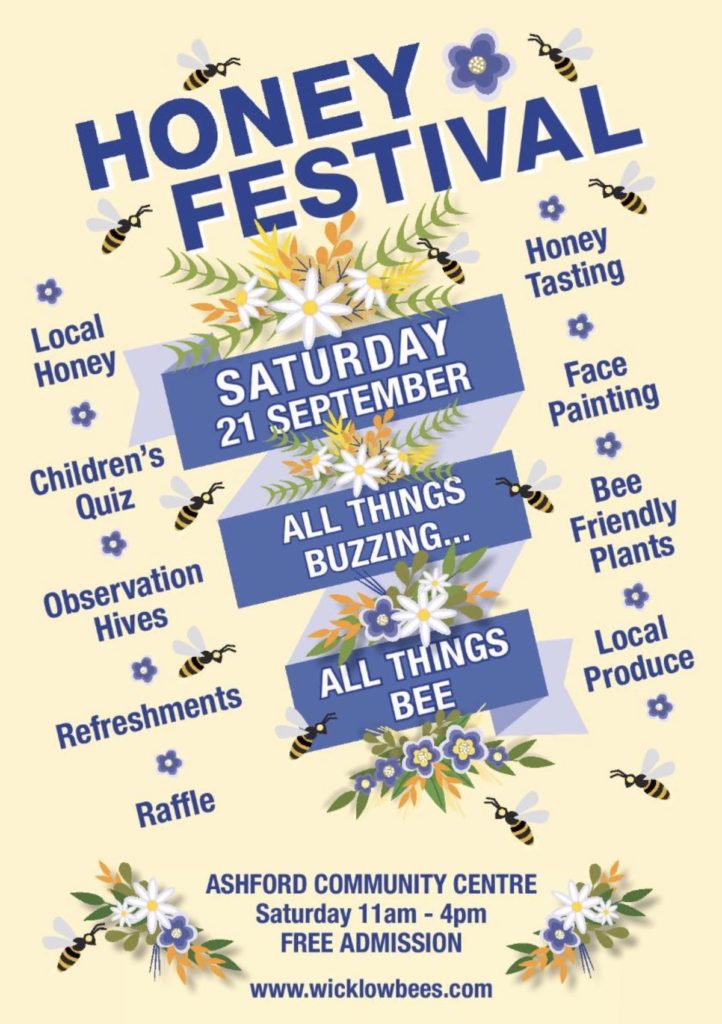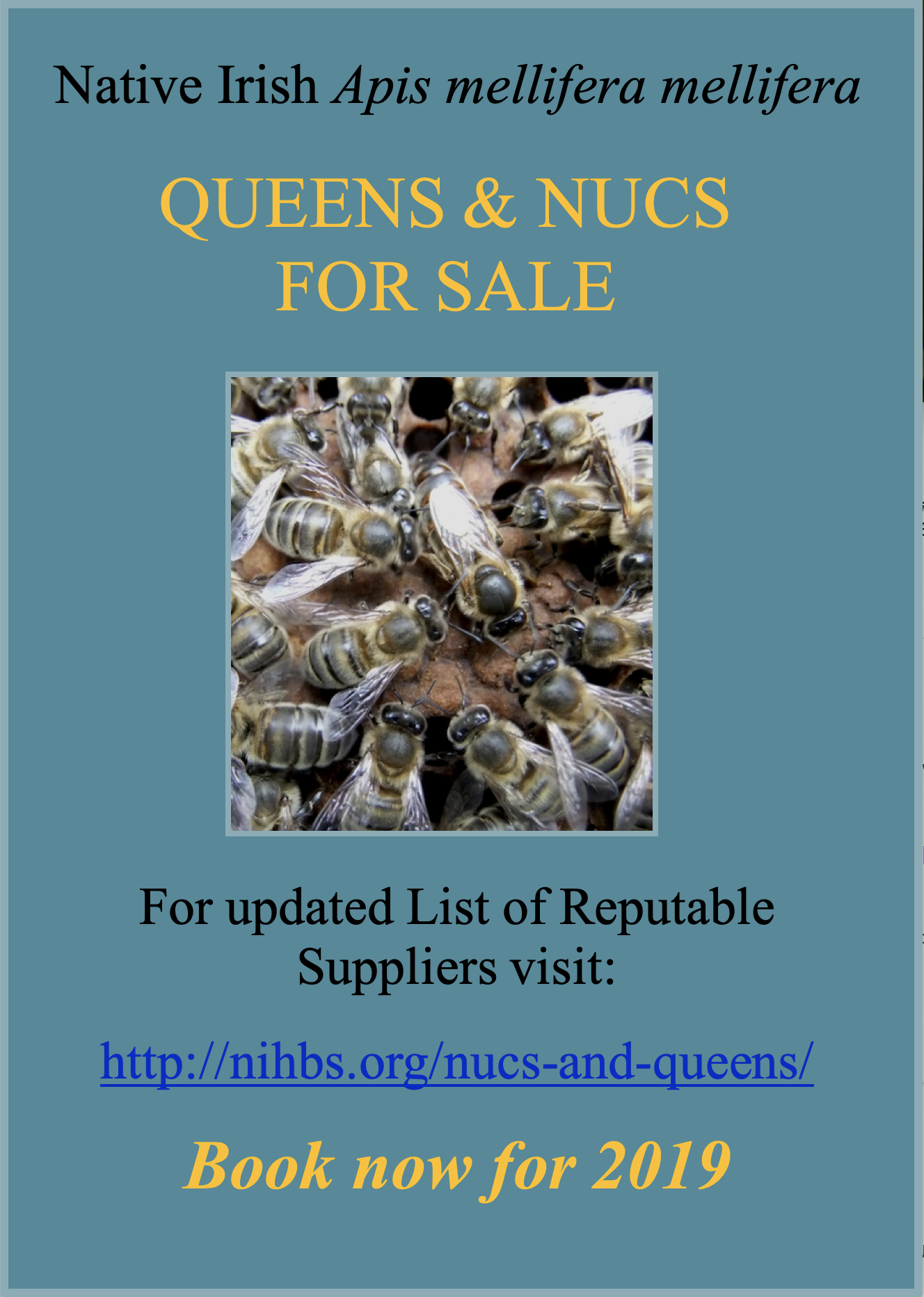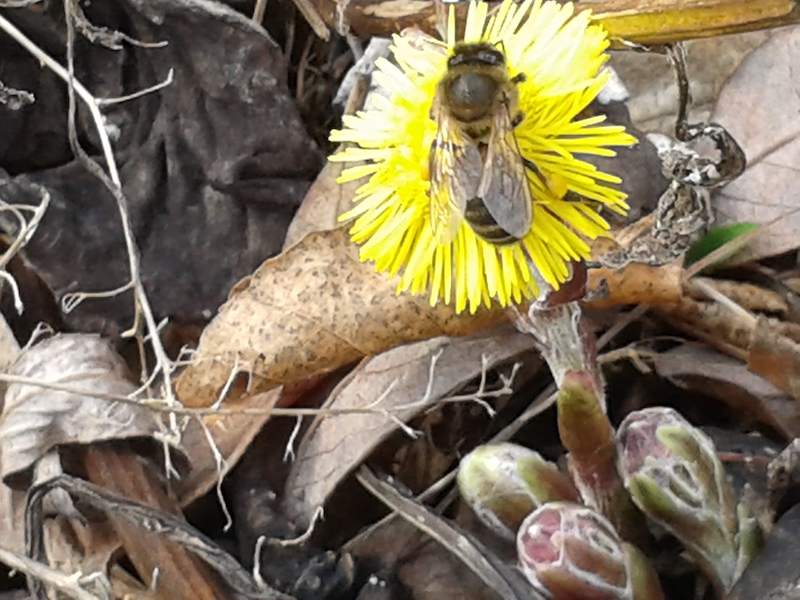Tools will be provided but bring scissors, and a bodkin if you have one.

Tools will be provided but bring scissors, and a bodkin if you have one.

Ashford & District Beekeepers are having a Honey Festival:

Éanna Ní Lamhna will give a talk on Biodiversity and the Importance of Pollinators.
There will also be a skep making demonstration – that’s me, that is.
Map here:
This is Henry the fearless 12 week old kitten playing with his dog Polly, who isn’t as thin as she looks.

Click here for updated list of Irish Native Honey Bee suppliers
Click here for more about the Native Irish Honey Bee

The straw skep is a familiar part of the beekeeper’s equipment. Nowadays they are used primarily to gather summer swarms and winter cobwebs but in the past, skeps were used to hive bees all year round. Continue reading Skeps and Skep Beekeeping
…it’s much more difficult than that!
Coltsfoot is in bloom now – 9th March 2017. It is an Irish native and a member of the aster family – their asterness is obvious in this rather poor header photograph.
I didn’t realise the bees visit this plant but here is the evidence – note the lemon yellow pollen loads.

Coltsfoot is unusual in that the flowers come out before any leaves are visible. The heart shaped leaves come along later and are not at all like a dandelion.
It is thought that Coltsfoot flowers are a cure for coughs.
Click here for more March bee flowers
Copyright © Beespoke.info, 2017. All Rights Reserved.
You know how we all go on about how there’s a law out there that says farmers should remove ragwort from their land or face the consequences?
Well beekeepers, read this and weep – the full list of ‘Invasive Species and Noxious Weeds’ as specified by the Department of Agriculture is as follows: Continue reading Noxious Weeds!